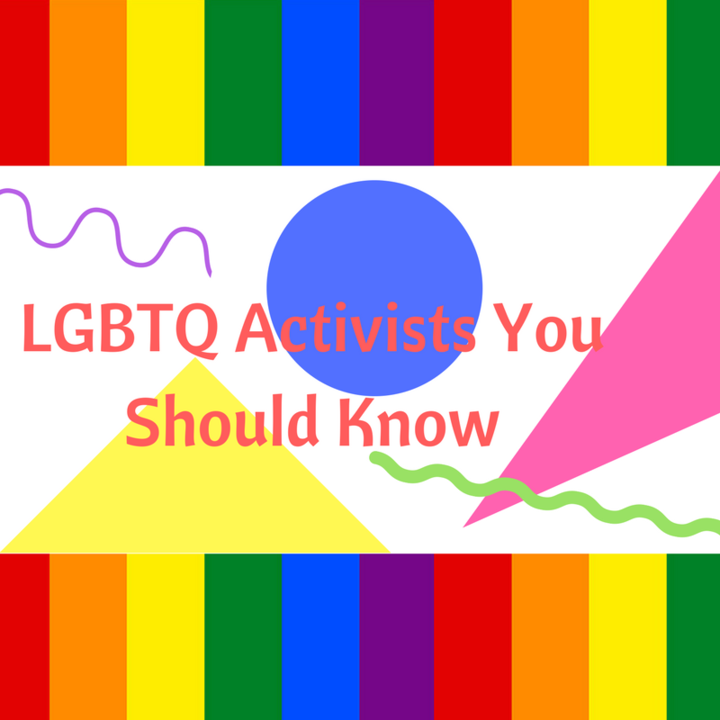LGBT History Month may have ended, but the legacy of queer activists will continue on – join us in wrapping up the month with a final set of profiles highlighting LGBTQ+ feminist activists. (You can find part one here.) We hope you’ve enjoyed learning a bit about activists who have helped shape the world we live in today!
Miss Major Griffin-Gracy

Miss Major is a 75-year-old trans activist who focuses on issues facing trans women of color. She has a special passion for the incarcerated trans community, and is the Executive Director for the Transgender Gender Variant Intersex Justice Project. Miss Major has been at the forefront of the fight for queer liberation since the Stonewall Riots in 1969, working closely with incarcerated populations and the HIV/AIDS community.
Trans women of color visit Miss Major regularly as she is a pillar of comfort and wisdom in the community. When looking back at the progress made for the trans community thus far, she acknowledges that there is still much to be done, but that she will continue to be a source of hope for “her girls”.
Gloria Anzaldúa
“A woman who writes has power, and a woman with power is feared.”
Gloria Anzaldúa was a Chicana-Tejana lesbian feminist author who grew up on the Mexico-Texas border with her family. Much of her work focused on the idea of borders, social divides, and identity, as well as feminism and queer philosophy.

Her bilingual book, Borderlands/La Frontera: The New Mestiza, was groundbreaking in these focus areas as she discussed her own personal experiences being Latina in U.S. society. Her use of code-switching in this book was radical at the time and changed the way that both literary and Chicanx studies were approached.
While she had done a considerable amount of scholarly composition, Anzaldúa was discouraged by the lack of literature for Chicanx youth and went on to write two bilingual children’s books featuring strong female protagonists and exploring ideas of friendships, undocumented workers, and borders. Anzaldúa is widely recognized as a highly innovative author and poet, and her theories and discussions still influence several fields of study today.

